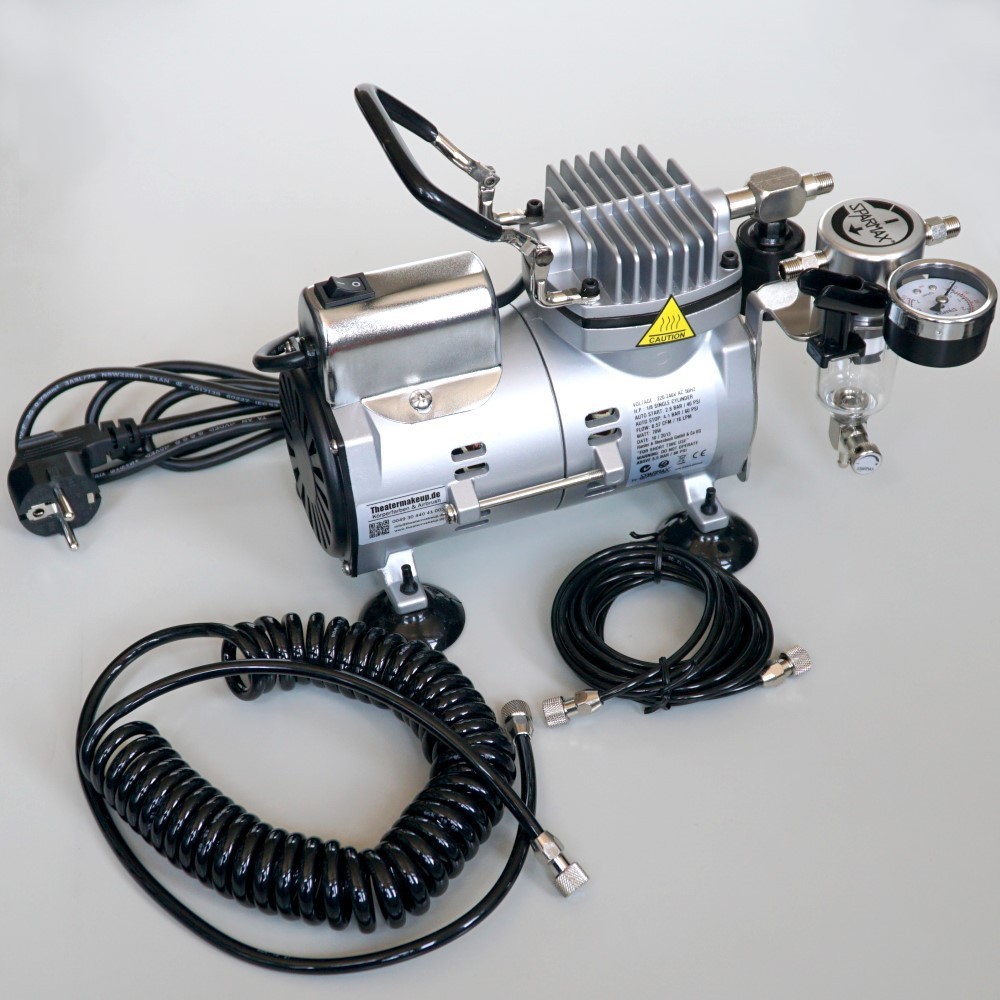Touristic areas are bustling hubs that attract large crowds, making pedestrian safety a paramount concern. Decreasing vehicular speed in these zones not only improves safety but also enhances the overall visitor experience. Here, we will explore effective strategies to regulate and reduce speed, ensuring both pedestrians and drivers benefit.
Implementing Clear Signage
Clear and visible signs are crucial for informing drivers of the speed limits and the presence of pedestrians. Strategically placed signs remind drivers that they are entering a high foot-traffic area, encouraging them to slow down.
Utilization of Radar Speed Signs
One particularly effective measure is the installation of radar speed signs. These signs provide drivers with real-time feedback on their current speed compared to the speed limit. By alerting drivers with a radar speed sign, they are more likely to adjust their speed on the spot, which helps maintain a safer environment in tourist-heavy areas.
Road Design Adjustments
Modifying road designs can naturally slow down traffic. Narrower lanes, increased curvature, raised crosswalks, and textured pavement are all design elements that encourage drivers to reduce their speed. These changes not only slow traffic but also maintain constant awareness.
Public Awareness Campaigns
Educating both tourists and local drivers about the importance of speed reduction can have a substantial impact. Campaigns can use various media forms, including flyers, social media posts, and local advertisements, to spread the message effectively.
Implementing Speed Bumps and Rumble Strips
Speed bumps and rumble strips are physical reminders for drivers to decrease speed. Placed correctly, these can significantly reduce vehicular speed without causing congestion.
Enhanced Enforcement
Increased police presence and enforcement can deter speed violations. Regular patrolling, coupled with strict penalties for speeding, reinforces the importance of adhering to speed limits in touristic areas.
Technological Integration for Traffic Monitoring
Leverage advanced technology to enhance traffic monitoring and control systems. Implementing AI-powered traffic cameras and sensors can help track vehicle speeds and pedestrian density in real time. These technologies allow for dynamic speed limit adjustments based on current conditions, improving responsiveness to fluctuating tourist volumes and enhancing overall traffic management.
Community Engagement and Feedback
Involve the local community and tourists in the traffic management process by establishing feedback mechanisms. Encourage residents and visitors to share their experiences and suggestions through mobile apps or online platforms. This feedback can help identify high-risk areas and evaluate the effectiveness of current measures, fostering a community-focused approach to safety and satisfaction.
Multi-Lingual Educational Programs
Considering the diverse backgrounds of tourists, offering multilingual educational programs about local traffic laws and pedestrian safety can significantly enhance comprehension and compliance. Distribute these educational materials through hotels, travel agencies, and tourist information centres. This effort not only educates, but also builds a safer, more inclusive environment for all visitors.
Green Transportation Incentives
Promote the use of green transportation options like bicycles, electric scooters, and public transit. Provide incentives such as rental discounts, dedicated lanes, and convenient parking spaces for these alternatives. Encouraging their use can decrease the number of vehicles in tourist areas, thus reducing overall traffic speed and contributing to a safer, more environmentally friendly tourist experience.
Touristic regions thrive when visitors feel safe and relaxed. Implementing these strategies not only protects pedestrians but also preserves the quality of the visitor experience. Let us recognize and prioritize the safety measures needed to make our tourist destinations enjoyable and safe for everyone.


